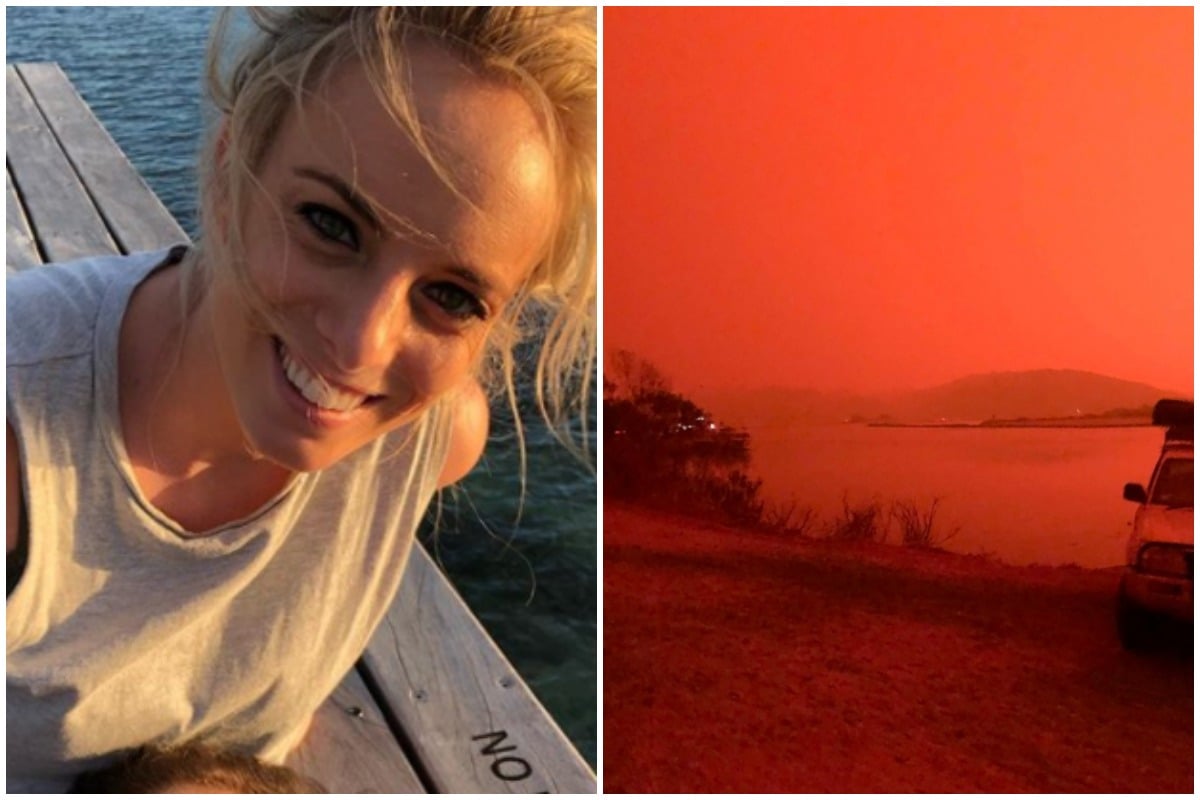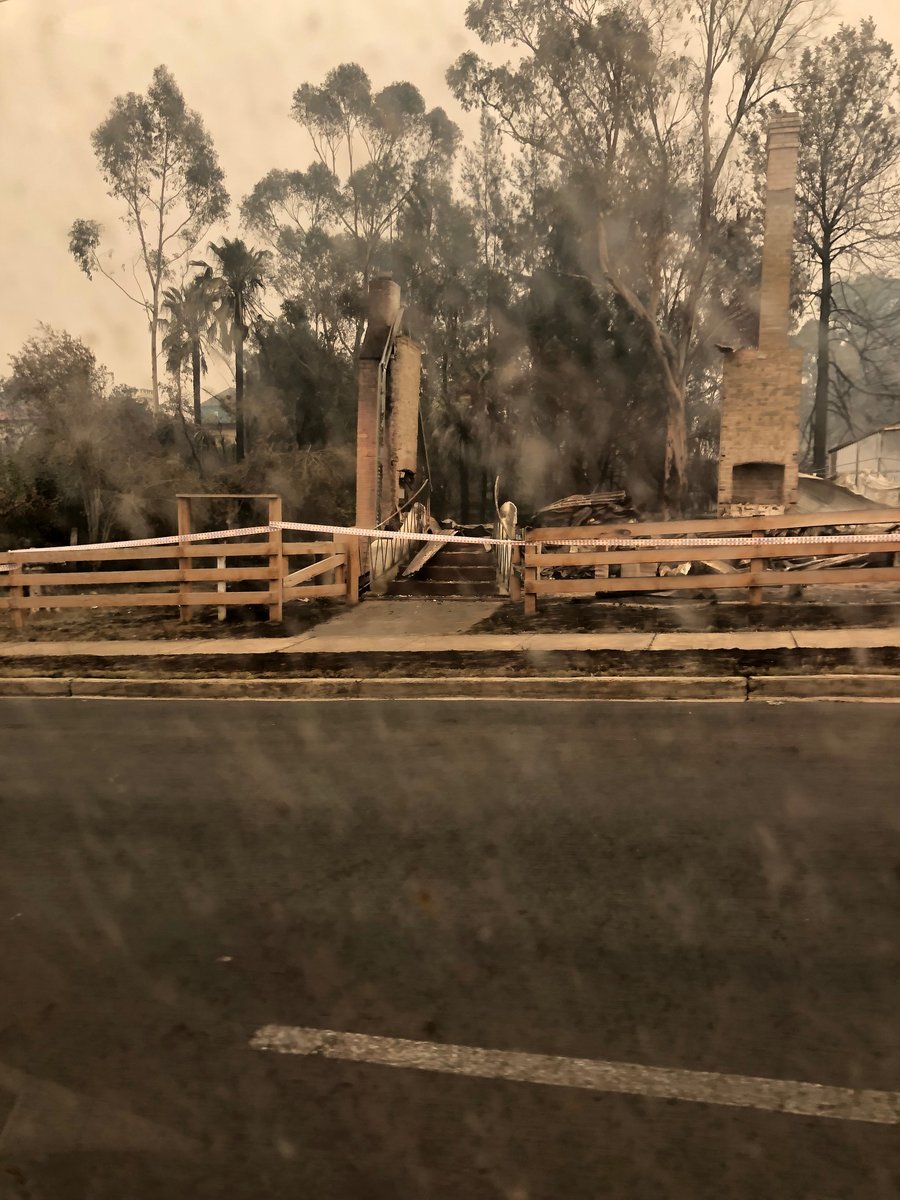
It’s just after 10pm in Narooma, a coastal town 350km south of Sydney.
My family and I have had dinner – rice we bought from the IGA in the small window it was open, with cash we were fortunate enough to have on us, and tofu we cooked on the gas-powered barbecue.
There’s no power, so when you look outside there’s almost total darkness, apart from a few windows lit up by candles provided by emergency services.
There’s no mobile phone coverage, so I haven’t been able to communicate with my partner or sister for 48 hours. No service and no wifi also means the Fires Near Me app, and all the websites and media to assist in providing crucial information about what we should do, are inaccessible. The only regular updates we have are coming from ABC radio, which I listen to by sitting in my car every few hours. The updates, however, are conflicting – stay where you are is one resounding message, while another is to leave if you can.




Top Comments
Thanks for your special edition episode on the bushfires. I think something that has really prevailed in the past few weeks is how complacent Australians can be. While I understand that Jessie felt safe going to Narooma, there’s no doubt that there were many warnings and warning signs in place about driving into the south coast area. Several roads all over the region were closed since well before Christmas, there were daily reports of the fires burning in the region, there were also clear warnings to not travel to the area if you didn’t need to be there and our cities have been choked with smoke for weeks, including Sydney. Yet for some reason thousands of Australians still thought it would be fine to drive directly into a burning region. I myself made the decision not to travel from Canberra to Hyams beach on 27 December because of all the warnings I was hearing. I think what’s really shone through is the “she’ll be right” attitude that Australians have to bushfire and natural disaster. But times have changed and maybe it’s time for Australians to start paying attention and being more cautious. The time of “she’ll be right” could well be over! And maybe our authorities need to really start to put their foot down.
For months now these fires have been unpredictable. Sure no roads were closed at the time you were travelling, but by that stage it’s too late. Nobody should be travelling unnecessarily outside of large towns period. Whether the fire is close by or far away. This is not a normal time and holidays should have been cancelled. I chose not to travel to the South Coast when there was no indication this would hit for this very reason... because the fires had proven to be so u predictable and with resources being allocated elsewhere there was no reason to add additional pressure to these small towns. The only people fleeing should be the locals, THIS is who it should be affecting. Instead, we have thousands of tourists blocking roads escaping small towns that are beyond capacity during summer at the best of times. Pure ignorance.